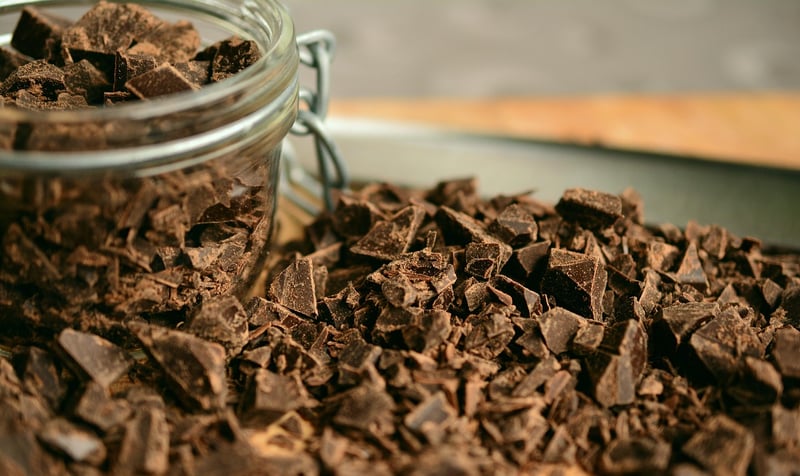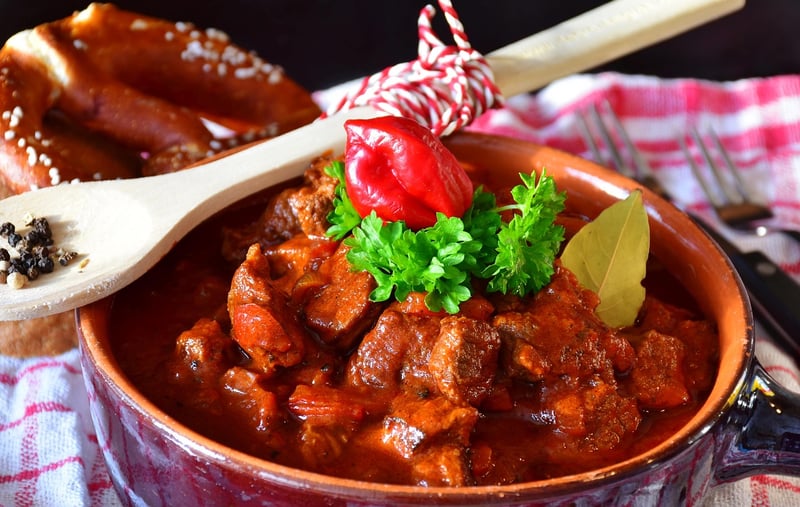Traditional Elements
Incorporating Cultural Traditions into Dishes
Food is not just sustenance; it is a reflection of culture, history, and identity. Incorporating traditional elements into dishes not only adds flavor but also connects us to our roots. Here are some ways to infuse cultural traditions into your cooking:
1. Explore Authentic Ingredients
Use authentic ingredients specific to the cuisine you want to explore. Whether it's spices, herbs, or unique produce, sourcing traditional ingredients can elevate your dishes and give them an authentic taste.
2. Learn Traditional Cooking Techniques
Each culture has its unique cooking techniques that have been passed down through generations. By learning these methods, such as stir-frying, slow cooking, or fermenting, you can bring an element of tradition to your cooking.
3. Celebrate Festive Dishes
Many cultures have signature dishes that are prepared during festivals and special occasions. Try your hand at making these festive dishes to experience the culinary traditions associated with celebrations.
4. Family Recipes
Family recipes are treasures that carry memories and heritage. Cook a dish that has been passed down in your family for generations. It not only connects you to your roots but also preserves a piece of your family's history.
5. Fusion Cuisine
Get creative by blending traditional elements from different cultures to create fusion dishes. Experimenting with flavors and techniques can lead to exciting culinary creations that honor multiple traditions.
Traditional Elements You Can Incorporate:
- Spices and herbs
- Aromatics like garlic, ginger, and onions
- Ancient grains such as quinoa, farro, or millet
- Fermented foods like kimchi, sauerkraut, or miso
- Traditional cooking utensils or tools
By infusing your dishes with cultural traditions, you not only create delicious meals but also pay homage to the rich tapestry of global cuisine.


